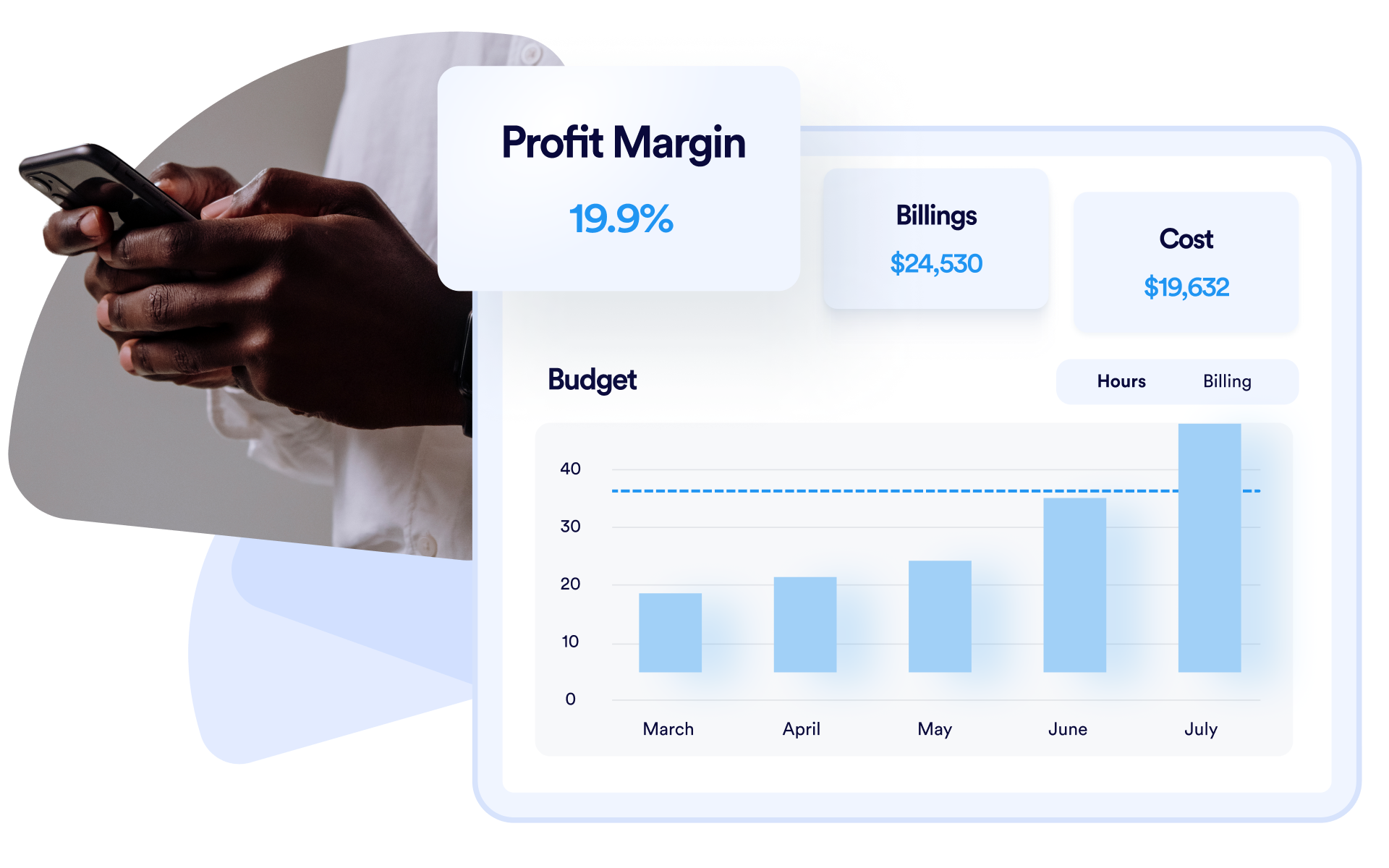Securing business premises is a top priority for companies of all sizes, as it ensures the protection of assets, employees, and intellectual property. One of the most effective ways to achieve this is by implementing an optimal access control system. Access control is a critical security measure that regulates who can enter specific areas of a business and when. The right system can prevent unauthorized access, reduce theft, and provide real-time monitoring to ensure the safety of the premises. An optimal access control system starts with identifying the specific needs of the business. This means considering factors such as the size of the building, the number of employees, and the type of sensitive information or equipment that needs protection. For instance, a large office building with multiple departments may require different levels of access for various areas, such as administrative offices, server rooms, or research facilities.

When selecting an access control system, it is essential to consider the type of technology that will be used. Traditional methods, such as keypads and magnetic cards, have been in use for decades. However, modern systems often rely on biometric identification, such as fingerprint scanning or facial recognition, which provide a higher level of security. These systems are particularly useful in environments where employees frequently change or where sensitive information needs to be kept under tight control. Biometric systems ensure that only authorized individuals can gain entry, reducing the likelihood of unauthorized access through lost or stolen cards. Another key feature of an effective access control system is the ability to track and monitor who enters and exits the premises. Many systems provide detailed logs that record every instance of access, including the time, date, and identity of the individual.
Incorporating remote access features into an access control system can also enhance security and convenience. Remote access allows security personnel to grant or deny access from any location, using a computer or mobile device and find more info. This is particularly useful in businesses with multiple locations or large premises, as it enables centralized control of security without the need to be physically present at each entry point. Remote access also allows for easy updates to access permissions, ensuring that employees who leave the company or change roles are promptly removed from the access list. In addition to these technological features, the integration of an access control system with other security measures, such as CCTV cameras or alarm systems, creates a comprehensive security network. When combined, these systems work together to provide a layered defense, making it more difficult for unauthorized individuals to breach security. In conclusion, selecting an optimal access control system is a crucial step in securing business premises.






